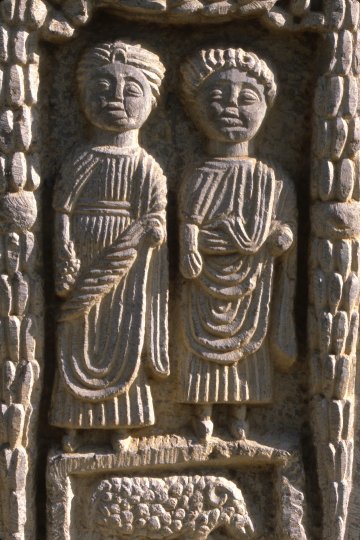|
John Tyman's Cultures in Context Series EGYPT and the SAHARA www.johntyman.com/sahara |
|
2.4 Greek and Roman Settlements : 097-113 |
| . |
|
John Tyman's Cultures in Context Series EGYPT and the SAHARA www.johntyman.com/sahara |
|
2.4 Greek and Roman Settlements : 097-113 |
| . |
 |
| .111. Carved headstones over Roman graves also offer clues to their wealth. This family’s prosperity seems to have derived from wool as well as wheat. (Timgad) |
![]()
Text and photos by John Tyman
unless otherwise indicated.
Intended for Educational Use
Only.
Contact Dr. John Tyman at johntyman2@gmail.com
for more information regarding
licensing.
![]()
www.hillmanweb.com
Photo processing, Web page layout,
formatting and hosting by
William
Hillman ~ Brandon, Manitoba ~ Canada